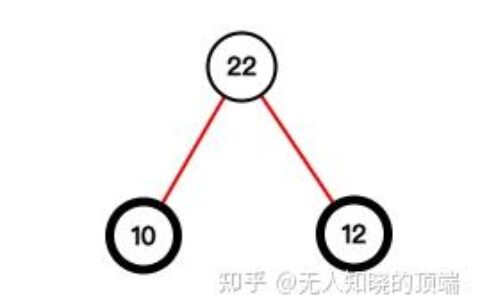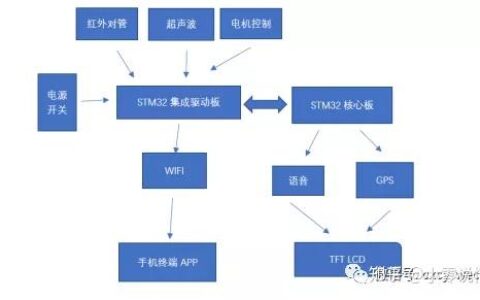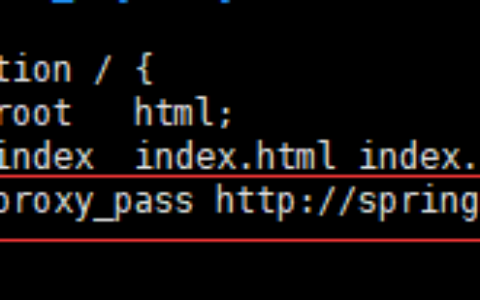puts()函数详解 功能 puts()函数用来向标准输出设备屏幕输出字符串并换行。 具体是把字符串输出到屏幕上,将‘0’转换为回车换行。调用方式是:puts(str)。其中str是字符串数组名或者字符串指针。实际上,数组名就是指针。 用法 int puts(const char *string) puts()函数包含在头文件<stdio.h>中 实例 1、输出字符串数组 #include <stdio.h> int main(){ char str[]=”hello world”; puts(str); return 0; } /*output: hello world 按任意键退出 */ 注意输出的“hello world”后面有一个换行。 2、从指定字符位置开始输出 #include <stdio.h> int main(){ char str[]=”hello world”; puts(str+2); return 0; } /*output: llo world 按任意键退出 */ 说明 1、puts()只能输出字符串,不能输出数值或者进行格式转换,即不能要求输出格式增加空格、换行(指的是输出内容的中间进行换行)等要求; 2、可以将字符串直接写入puts()。如:puts(“hello world”); 3、puts()和 printf的用法一样,puts()函数的作用与语句“printf(“%s ”,s);的作用相同。注意:puts在输出字 符串后会自动输出一个回车符。 4、puts()函数的一种实现方案如下: int puts(const char * string) { const char * t = string; const char * v = string; int i = 0; while(*t!=’0′) { i++; t++; } int j = 0; for(j;j<=i;j++) putchar((v[j])); putchar(‘ ’); return 0; }
2024最新激活全家桶教程,稳定运行到2099年,请移步至置顶文章:https://sigusoft.com/99576.html
版权声明:本文内容由互联网用户自发贡献,该文观点仅代表作者本人。本站仅提供信息存储空间服务,不拥有所有权,不承担相关法律责任。如发现本站有涉嫌侵权/违法违规的内容, 请联系我们举报,一经查实,本站将立刻删除。 文章由激活谷谷主-小谷整理,转载请注明出处:https://sigusoft.com/66900.html










